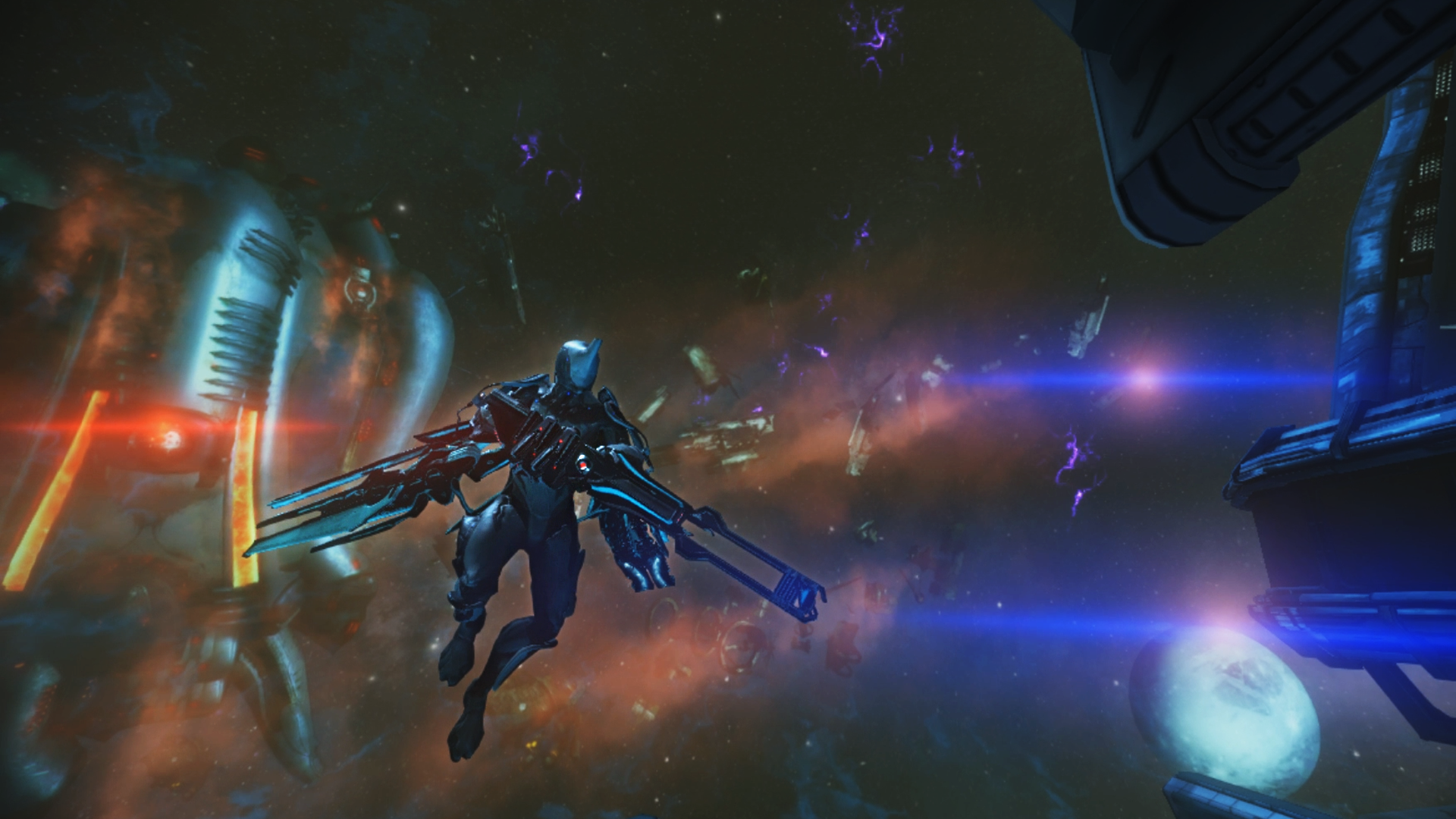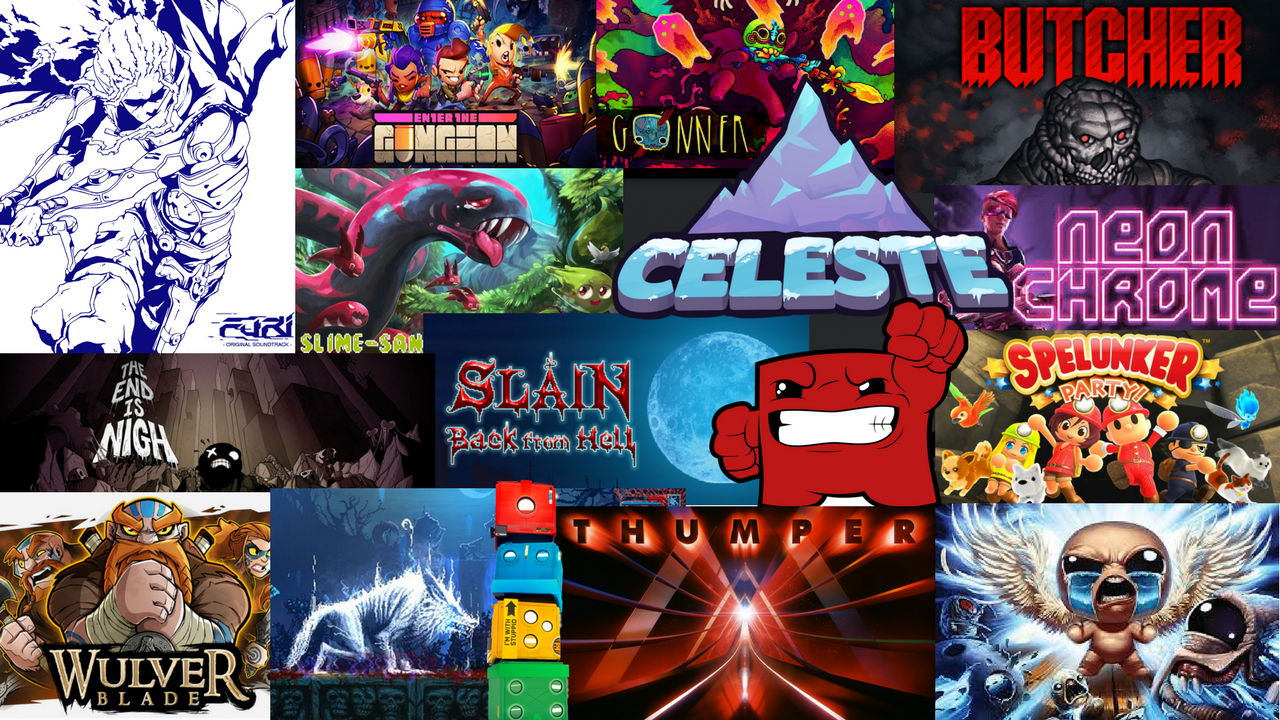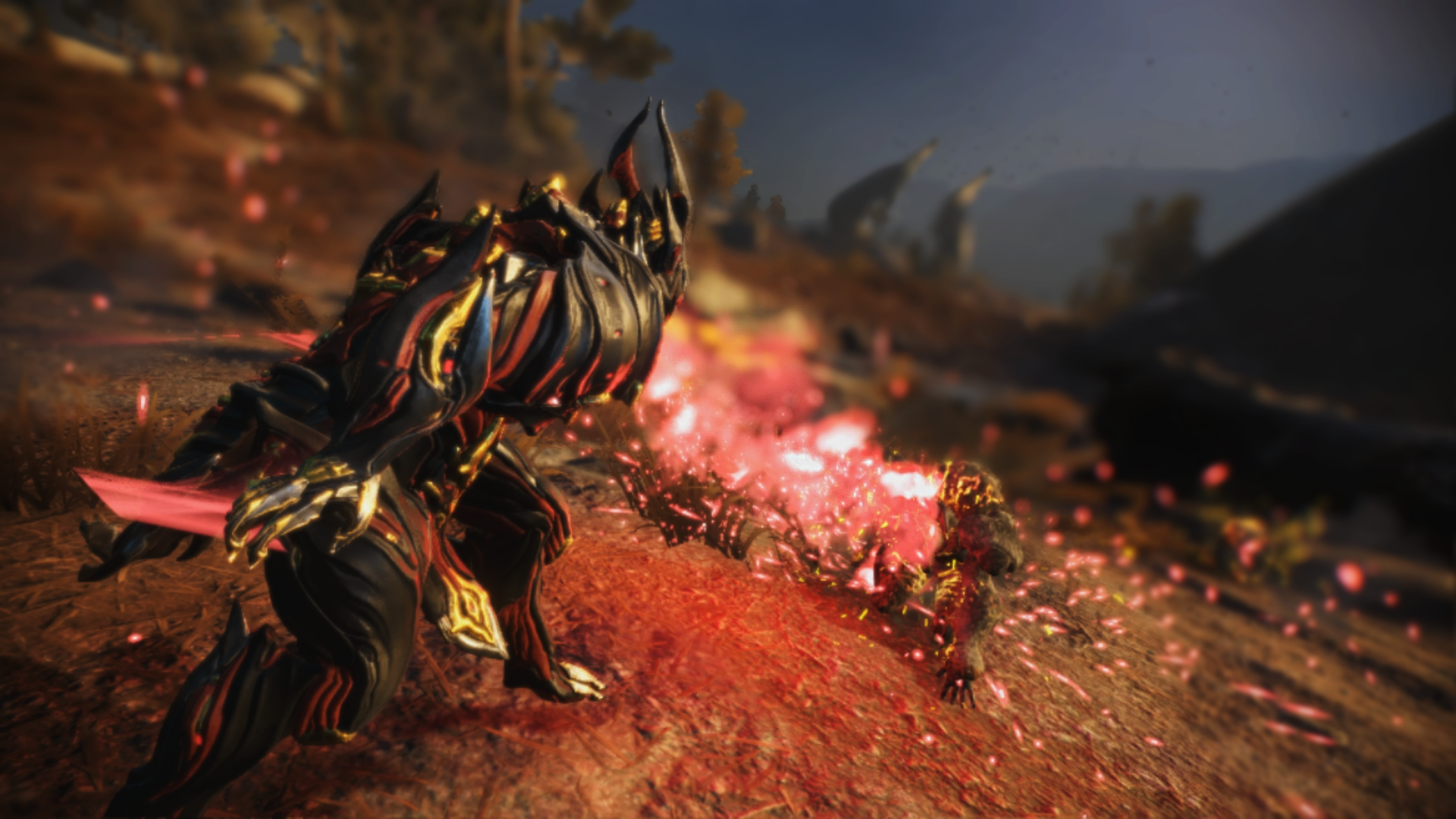#1. PLEASE, PROTECT YOUR PLAT
Platinum – often shortened to ‘plat’ – is the premium currency in Warframe, meaning you can purchase more using real money, if you want to. You’re given 50 Platinum at the start of the game, but it’s worth noting that it can’t be used when trading with other players.
Although we’re lucky enough to only need Platinum occasionally, you can use it on just about everything. You can speed up builds in the Foundry, outright buy weapons and warframes, and even purchase bundles of resources at the Market. It can be very tempting to spend 10 Platinum if you don’t have enough Neurodes to complete a weapon blueprint, but please don’t. Platinum is very valuable, and there are much better uses for it. Chiefly, you should put your first 50 Platinum towards unlocking more weapon and warframe slots.
When you first start, you’ll only be able to own a few weapons and frames at one time. If you want to collect any more than this, you must either sell the ones you have, or purchase more slots. 20 Platinum will get you one extra warframe slot at the Market, while 12 Platinum unlocks space for 2 more weapons. Be aware: melee, primary, and secondary weapons all count towards the same slot allowance. My recommendation? Buy 1 extra warframe slot and 4 extra weapon slots as soon as you can, leaving you with 6 plat to spare.
Don’t worry about earning more Platinum yet, there’s plenty of opportunity for that, later in the game.
#2. A RHINO IN A CHINA SHOP

After the opening cutscenes, you’ll be asked to pick from one of 3 warframes: Mag, Excalibur, or Volt. I won’t tell you which one to choose, as I think you should pick the one that looks and sounds the coolest, to get the most enjoyment out of Warframe’s early hours. You’ll be using this character for the first few hours of game time, after all. Personally, I chose Excalibur, and he remained one of the most useful frames throughout my playtime. Regardless of who you pick, though, the other 2 aren’t that difficult to acquire later.
Whoever you choose, I strongly recommend picking up Rhino next. He’s a tanky frame with a very useful power buff and some other cool moves. To get him, you need to build 3 component blueprints – Rhino Neuroptics, Rhino Chassis, and Rhino Systems. All of these can be acquired by defeating the boss on Venus, Jackal. The Jackal drops these at random though, so you’ll probably have to beat him a few times until you get one of each blueprint.
Due to a number of factors, it will take some time before you can actually play as Rhino. For one, each component takes 12 hours of real time to manufacture, and then Rhino himself takes 3 full days to build, after that! All of this means that you should be making your way through the star chart as soon as you can. Venus is the second planet you unlock, so you’ll have to complete the Earth Junction and most of Venus before you can even fight the Jackal. Although he’s a lengthy investment, it will definitely be worth your while. Rhino will still be useful to have in your arsenal well after you hit 100 hours.
#3. REACH FOR THE STARS

I strongly advise newcomers to make clearing the star chart a high priority. You want to try and unlock every planet relatively early to give yourself a wide selection of missions and events. As I mentioned earlier, each planet’s boss also drops blueprints for a new warframe. This means you’ll need to make your way around the solar system to unlock every frame.
Each planet is unlocked by completing a Junction, which often consists of a checklist of tasks you need to complete on the previous planet. An example of this is the Mars Junction, where you have to defeat 150 Grineer enemies on Earth, among other things. You’ll be able to see Alerts and Fissures for nodes that you haven’t unlocked yet, so finishing everything on the star chart is very important for this reason. You don’t want to see an Alert with resources you desperately need be locked away because you only completed half of Neptune.
Getting the right materials is another big reason to clear the star chart. Most resources are easier to find on later worlds. The first example of this would be Neurodes. Neurodes are pretty hard to find on Earth. You’re lucky if you get 1 or 2 after scouring an entire mission. When you unlock Eris and Lua, however, they’re far easier to find. Both of these planets have a higher chance of dropping Neurodes from containers and enemies. So rather than spending 2 hours hunting down Neurodes on Earth, it makes more sense to unlock as much as you can on the star chart. If you still don’t have enough Neurodes by the time you get to Eris, then you can do some grinding there.
#4. MODS MAKETH MAN

Mods, short for Modules, are undoubtedly the best way to increase your damage output. Without them, even level 30 weapons and warframes will take a long time to kill enemies. There are lots of rarities and polarities to worry about, but for now we’ll keep it simple. Weapons and warframes will have 8 regular mod slots, though some will have extra, special slots. Every mod has a cost in the top right corner, and every weapon has a capacity, which increases when you level them up.
You can rank up mods by spending Endo, which will increase the strength of the mod, but also increase the cost. There are some essential mods that you’ll want to equip to every weapon and warframe, and you should prioritise ranking these up first. Starting with base damage mods: Pressure Point gives you extra melee damage, Serration increases damage for most primary weapons, Hornet Strike increases secondary damage, and Point Blank is the shotgun-specific damage mod. You will almost always need one of these attached to your weapons, unless you have a Primed version.
Although they can be rare and expensive, mods that give you ‘Multishot’ are also great for increasing damage output. Multishot in Warframe allows you to fire multiple projectiles per shot. For shotguns, this means more pellets per trigger pull, and for rifles, this means each bullet can fire multiple times, but will only cost you one ammo. The mods you should consider upgrading for Multishot are: Split Chamber for primary weapons, Barrel Diffusion for your secondaries, and Hell’s Chamber for shotguns.
Moving over to warframes: Vitality increases your health, Redirection increases your shield capacity, and Steel Fiber boosts your armor. It’s worth noting that not all warframes have shields or armor, so these are in order of universal value. Mods that increase the effectiveness, duration, or strength of your powers can also be very useful, such as Streamline, Continuity, and Intensify. I wouldn’t rush to upgrade these, however, as most warframes don’t rely on them. As a general rule of thumb: you need damage mods to make every weapon stronger; power mods are needed to make some warframes stronger.
#5. WHERE THE HEK NEXT?

By now you should have a good idea of how to get through the early hours, but what’s next? There’s lots more to Warframe, but the best tip for beginners is to pick up the Hek. It’s a high-damage shotgun with surprisingly good accuracy and is available on the Market once you reach Mastery Rank(MR) 4. The blueprint will cost 25,000 credits, and the resources aren’t too difficult to find either. Try to make sure you have the necessary resources as you approach MR4, so you can start the build process as soon as you rank up.
The reason acquiring the Hek is so highly advised is very similar to Rhino’s recommendation – they’re both useful for a long time after you buy them. The Hek, in particular, was still my go-to weapon for most missions until I was MR10 or above. It becomes an absolute powerhouse with the Scattered Justice mod attached, as well as some general damage-boosting mods.
Want to know more about Warframe? We’ve got an essential info breakdown as well as video and written reviews.
[/et_pb_text][/et_pb_column][/et_pb_row][et_pb_row][et_pb_column type=”1_2″][et_pb_code _builder_version=”3.0.83″ /][/et_pb_column][et_pb_column type=”1_2″][et_pb_code _builder_version=”3.0.83″ /][/et_pb_column][/et_pb_row][/et_pb_section]









